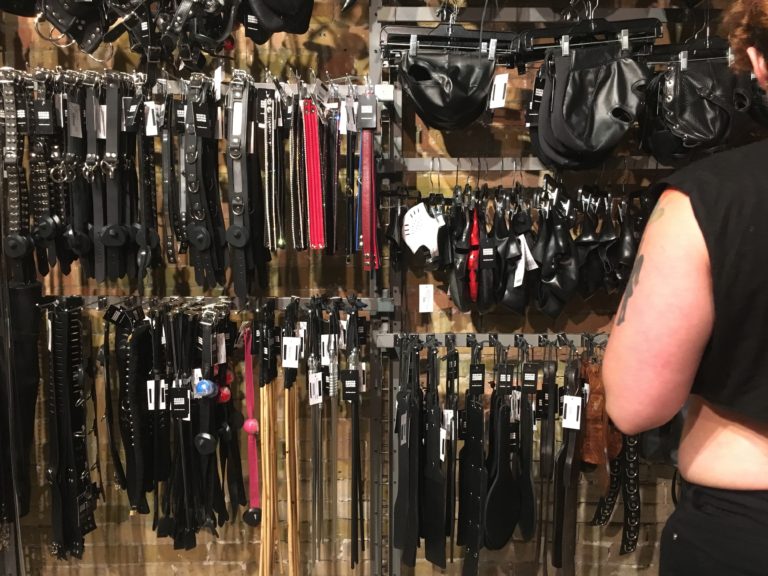
This has been one of those chronic-illness weeks when I felt legitimately sick, legitimately disabled. It’s nice, in a way, to be able to banish the voices of impostor syndrome from my brain, if just because the rest of me is throbbing with pain. (Hey, that rhymed.)
I powered through that impostor syndrome in so many ways this week. I made accommodations and adjustments for my illness. I took Wednesday off work – a “Weekend Wednesday,” as CGP Grey would say – and mostly just laid in bed trying to breathe through the pain, distracting myself (sometimes well, sometimes not-so-well) with books and video games. I got as much sleep as I could, drank as much water as I could. I laid out my schedule for the week in such a way that I only ever had a maximum of two commitments per day, two “things” involving interacting with other humans, because this involves suppressing the visible signs of my pain and fatigue and is thus, in itself, exhausting.
I bought a cane.
There is a scene in the 1993 TV movie To Dance with the White Dog, a movie my mom and I have inexplicably watched together at least a dozen times, where the protagonist – an old man named Sam – finds that his physical condition has worsened to the point where he needs a mobility aid. One of his sons brings him a walker, and at first he refuses to use it, remarking petulantly that it’ll make him look like “a poor old man.”
I thought about this scene this week when I was limping around my apartment, needing to rest every few steps because of the reasonless pain stabbing through my knee. I’d considered buying a cane in the past for days like these, but I knew it would make me “look disabled,” and somehow I felt like I wasn’t “disabled enough” to deserve or warrant “looking disabled.” It was all too similar to how, when I was 15 and had just realized I was sometimes attracted to women (though still mostly attracted to men), I felt weird about wearing rainbows and bi pride flags on my person, because I worried I’d be misleading people somehow. By what? Flagging as queer when I am literally queer? How ridiculous.
It’s the same principle. If a cane would make it even 10% easier or more comfortable for me to get around, why not use one? Why not see if it could help more than 10%, even?
Would people see me on the subway or streetcar and ask me why I need a cane when I’m young and my body has no visible, structural issues? Would I then have to explain that I have a chronic pain disorder with no symptoms that are actually observable or provable from the outside, and that I don’t even have an official diagnosis? Or would I be filled with such rage and indignation that I’d have to limp off the vehicle to catch my breath and angry-cry in a subway station?
I started reading about disabled femmes-and-femme-adjacent-people who use canes. Gorgeous movie star Selma Blair has multiple sclerosis and walks with a cane. Canadian sex educator Kaleigh Trace was injured as a child and uses two canes. Local legend Claire AH, whose storytelling and matchmaking skills are unparalleled, walks with a cane after having some strokes a few years back. Witchy zinester Maranda Elizabeth uses (and writes thoughtfully about) using a cane. There is plenty of inspiration out there to be found.
As I flipped through FashionableCanes.com – what a website! – I found myself, again, wondering if I was just being dramatic, exaggerating my own symptoms to myself, even as a heating pad encased my throbbing knee and I popped yet another naproxen for the grinding pain in my hipbones, ankles, and elbows. I considered a cane of clear lucite, but determined its near-invisibility could be a drawback for a disability that’s already so frustratingly invisible. I contemplated stately wooden canes, the likes of which might’ve been carried by a well-to-do gentleman in Victorian England, but just didn’t think I could pull off something so sophisticated. Eventually I settled on a blue wood one with an ornate chrome-plated handle. It’s classic but a little flashy. It felt like “me,” or at least like the closest thing to “me” I could find while shopping for a product I still wasn’t convinced I really needed or deserved.
I had a phone call with my doctor booked for Friday morning, during which I planned to ask her to refer me to a local chronic pain clinic. My doctor, notoriously, is not great about my pain; she never seems to take it very seriously, and the sheer fact that I’ve been complaining to her about it fairly regularly for over 6 years and have not even received a definitive diagnosis speaks volumes. The night before the appointment, my partner mb said, haltingly, “I have a proposal for you… and please feel free to say no if you want to… but I think we should do some medical roleplay so you can practice what you’re going to say to your doctor tomorrow.” A tear immediately slid down my cheek. My wonderful spouse knew that advocating for myself is not my strong suit, especially in medical situations, in large part because of the very impostor syndrome this entire post is about. It’s difficult to make the case that you deserve a diagnosis and a treatment plan when you don’t actually, 100% believe that you do.
So we roleplayed. mb pretended to be my doctor and asked, “Are you sure you need to be referred to this clinic?” and “Why now?” and “Is your pain really that bad?” I struggled through my deep self-doubt and self-loathing to answer: “Yes.” “My condition is worse than ever and I need help.” “My entire body hurts, at a minimum 4-out-of-10 intensity (and usually higher), every single day of my life, so yes, it is really that bad.”
I found myself responding to these questions almost as if I was answering on behalf of someone else, someone whose pain I had no doubts about, whose struggle I knew for a fact was real, whose quality of life I felt should be better. I was able to tap into a rare sense of authenticity and deservingness. It was almost as if placing the order for the cane had cleared some cobwebs in my mind, enabled me for the first time to truly, deeply understand that I am actually disabled – however invisibly – and I deserve to have that acknowledged and addressed by the people whose literal job it is to acknowledge and address it.
So the next morning, when my doctor predictably said, “Are you sure you need to be referred to this clinic?” and “How bad is your pain, really?” I was prepared.
“I have done the research and I believe this clinic is the best option,” I replied, calmly, coolly. “It is not acceptable to me that I’ve lived with daily chronic pain for the past 6 years, and I’d like to seek a diagnosis and treatment.”
She filled out the referral form while I stayed on the phone. “Where is the pain located?” she asked, when that question came up on the form, and I replied, with total confidence (because it was true), “All over my entire body.” She did not argue with me. She did not dismiss me. She just filled out the damn form.
In every area of my life where I have experienced impostor syndrome – my queerness, my kinkiness, my success as a writer, and my disability – I have found that believing fully in my own legitimacy is often the first step to getting other people to see me as legitimate. It is unfortunate that this is the case, but it is useful to know. As soon as I firm up my convictions and declare to the world that I really am the thing that I really am (what a concept!), they tend to believe me. I know I’m blessed and privileged in this way, and that this unfortunately isn’t the case for everyone: racial healthcare disparities, trans healthcare gatekeeping, and other injustices still run rampant. But if my confidence in my own labels can convince even the occasional person that they are legitimate, that confidence is worth cultivating.
I have a feeling that the day I show up for my first appointment at the new chronic pain clinic, my new cane gleaming in my hand, I will feel like an utterly new woman – a woman who is unapologetically, unreservedly, and undoubtedly herself, disability and all.

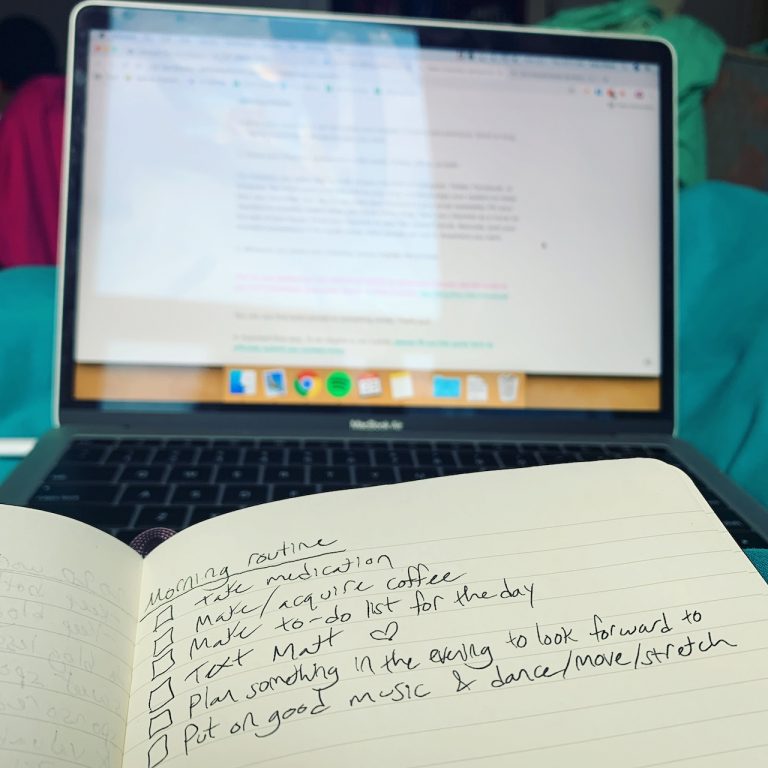
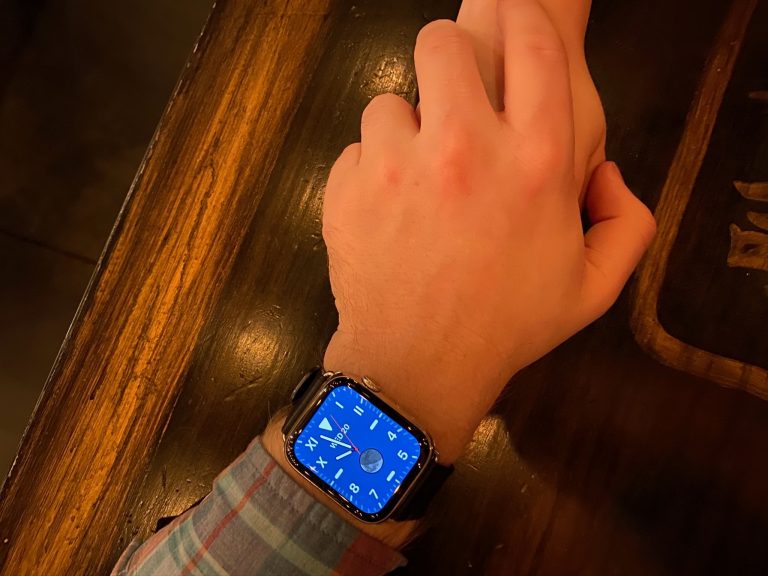
 The
The 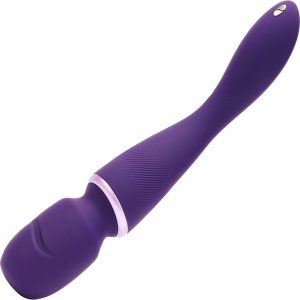 The new
The new 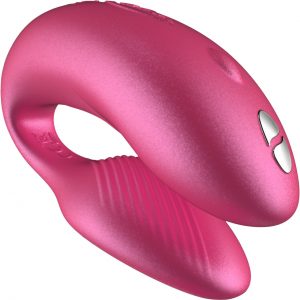 Another new, potentially helpful product from this savvy company is the
Another new, potentially helpful product from this savvy company is the  On bad pain days, I prefer vibrators with dials over those with buttons, as I find them easier to operate. The
On bad pain days, I prefer vibrators with dials over those with buttons, as I find them easier to operate. The  As for penile stimulation, some kind of vibrator is probably your best bet if your hands hurt – it won’t require as much (or any) squeezing and stroking; you can just hold it on your shaft and/or against your frenulum and it’ll do the work for you. These toys even work without an erection in many cases. Two of the most popular and high-quality options on the market right now are the
As for penile stimulation, some kind of vibrator is probably your best bet if your hands hurt – it won’t require as much (or any) squeezing and stroking; you can just hold it on your shaft and/or against your frenulum and it’ll do the work for you. These toys even work without an erection in many cases. Two of the most popular and high-quality options on the market right now are the 